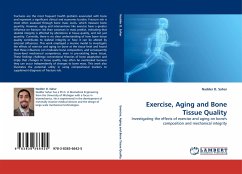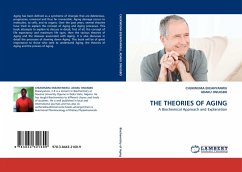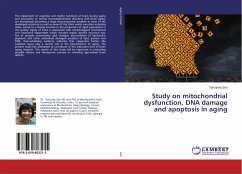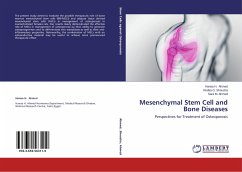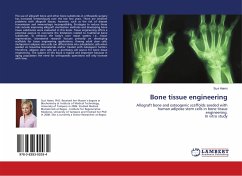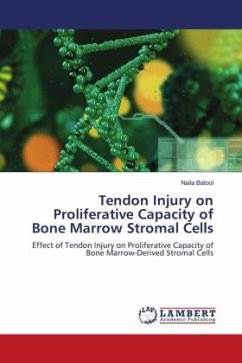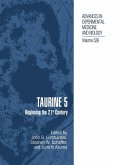Fractures are the most frequent health problem associated with bone and represent a significant clinical and economic burden. Fracture risk is most often assessed through bone mass scans, which measure bone quantity. However, aging and interventions like exercise have a greater influence on fracture risk than variances in mass predict, indicating that skeletal integrity is affected by alterations in tissue quality, and not just quantity. Currently, there is no clear understanding of how bone tissue quality contributes to skeletal integrity or how it can be altered by external influences. This work employed a murine model to investigate the effects of exercise and aging on bone at the tissue level and found that these influences can modulate bone composition, and consequently tissue-level mechanical competence, even in pre-existing bone tissue. These findings challenge conventional theories of bone adaptation and imply that changes in tissue quality may often be overlooked becausethey can occur independently of changes to bone mass. This work also illustrates the potential utility in using compositional markers to supplement diagnosis of fracture risk.
Bitte wählen Sie Ihr Anliegen aus.
Rechnungen
Retourenschein anfordern
Bestellstatus
Storno

